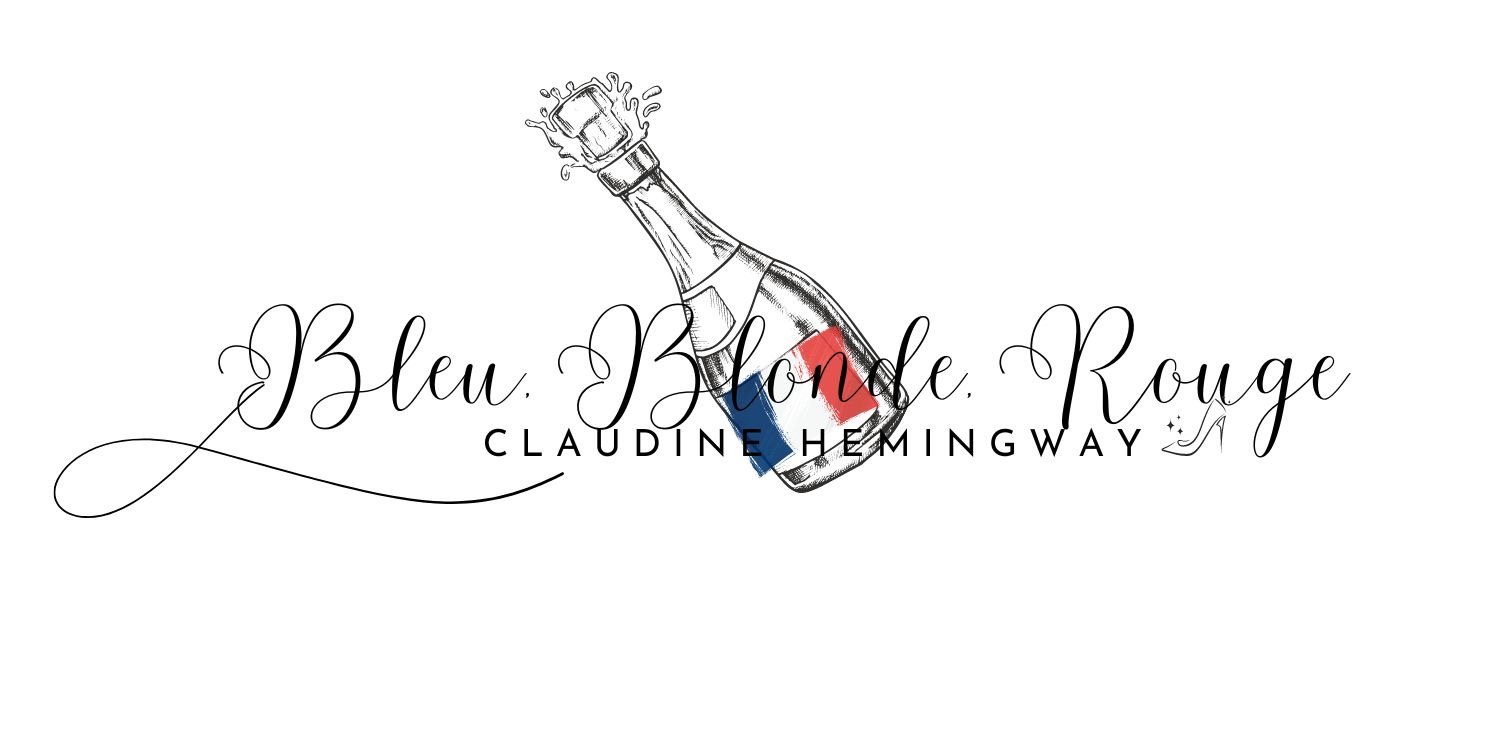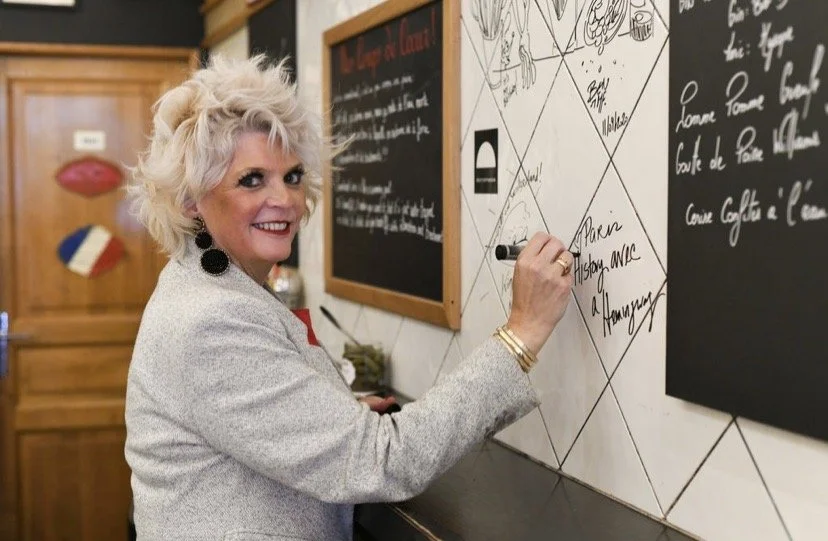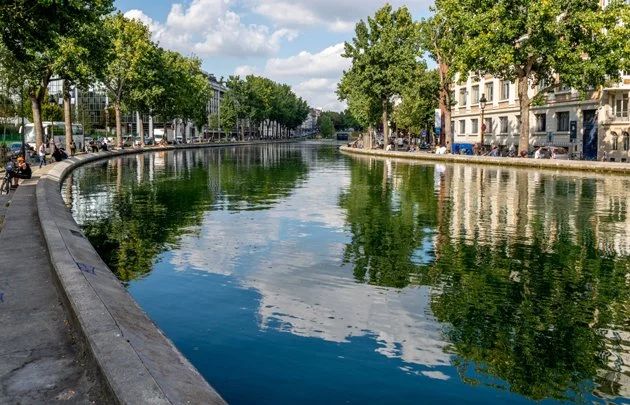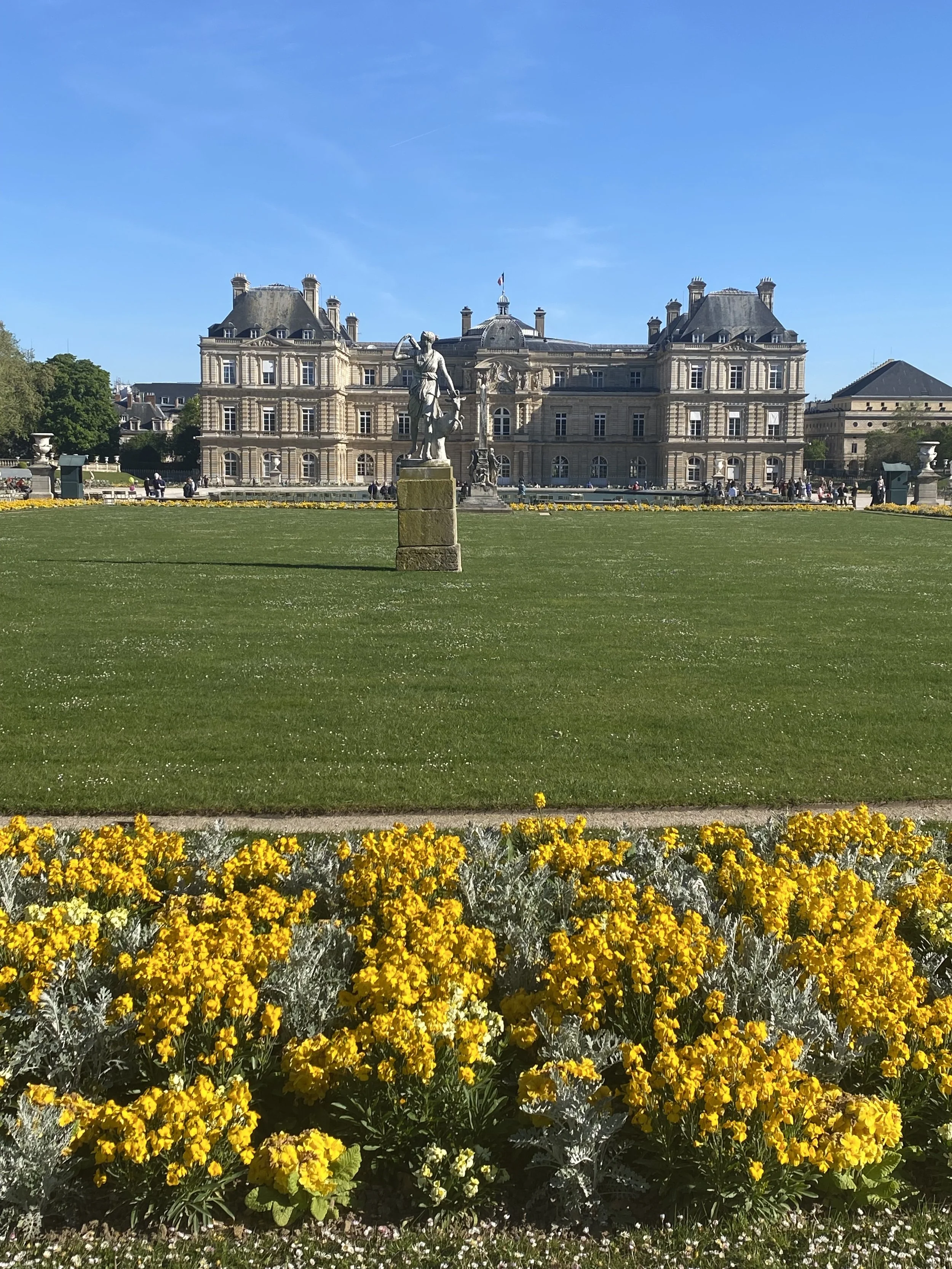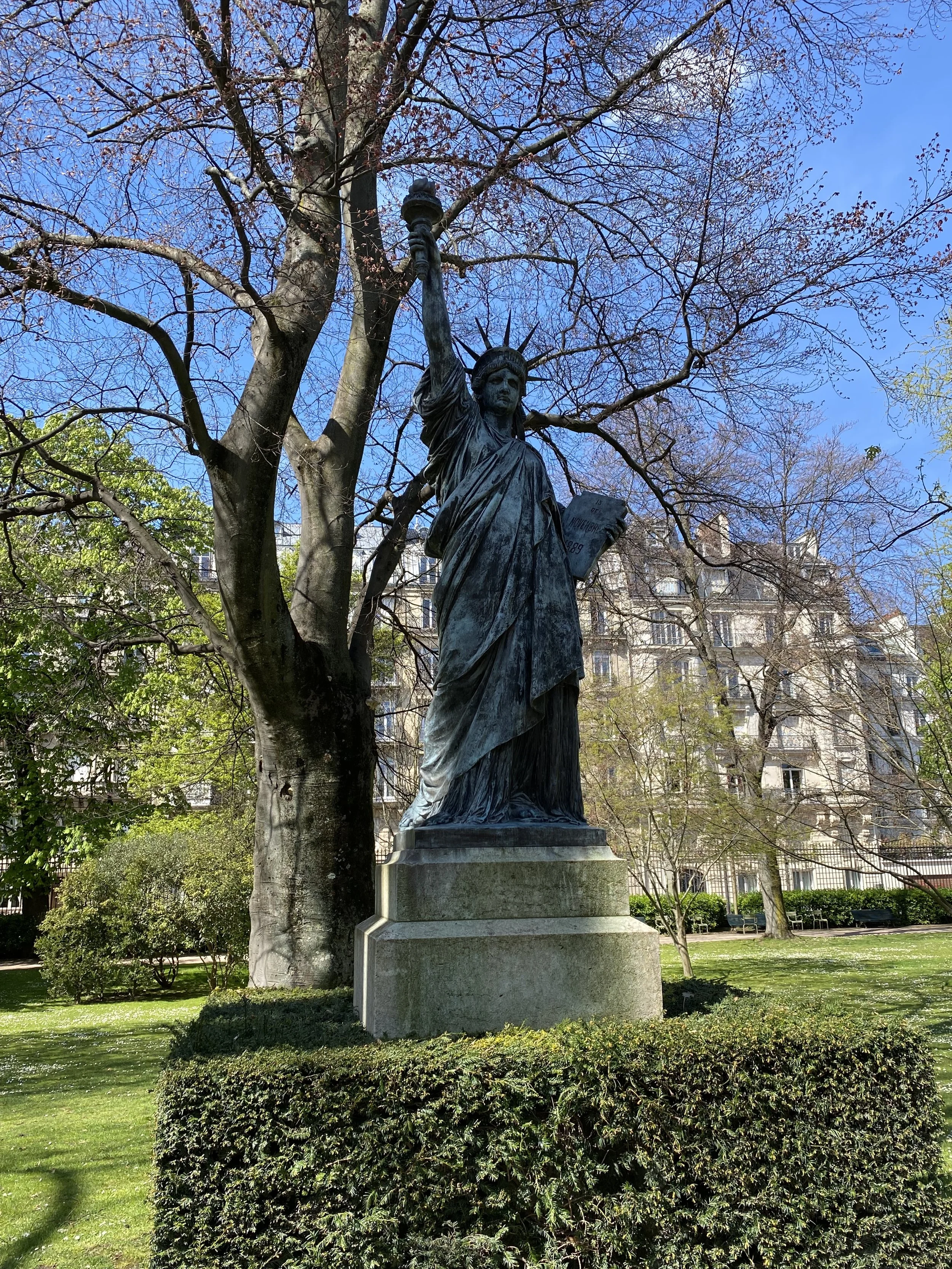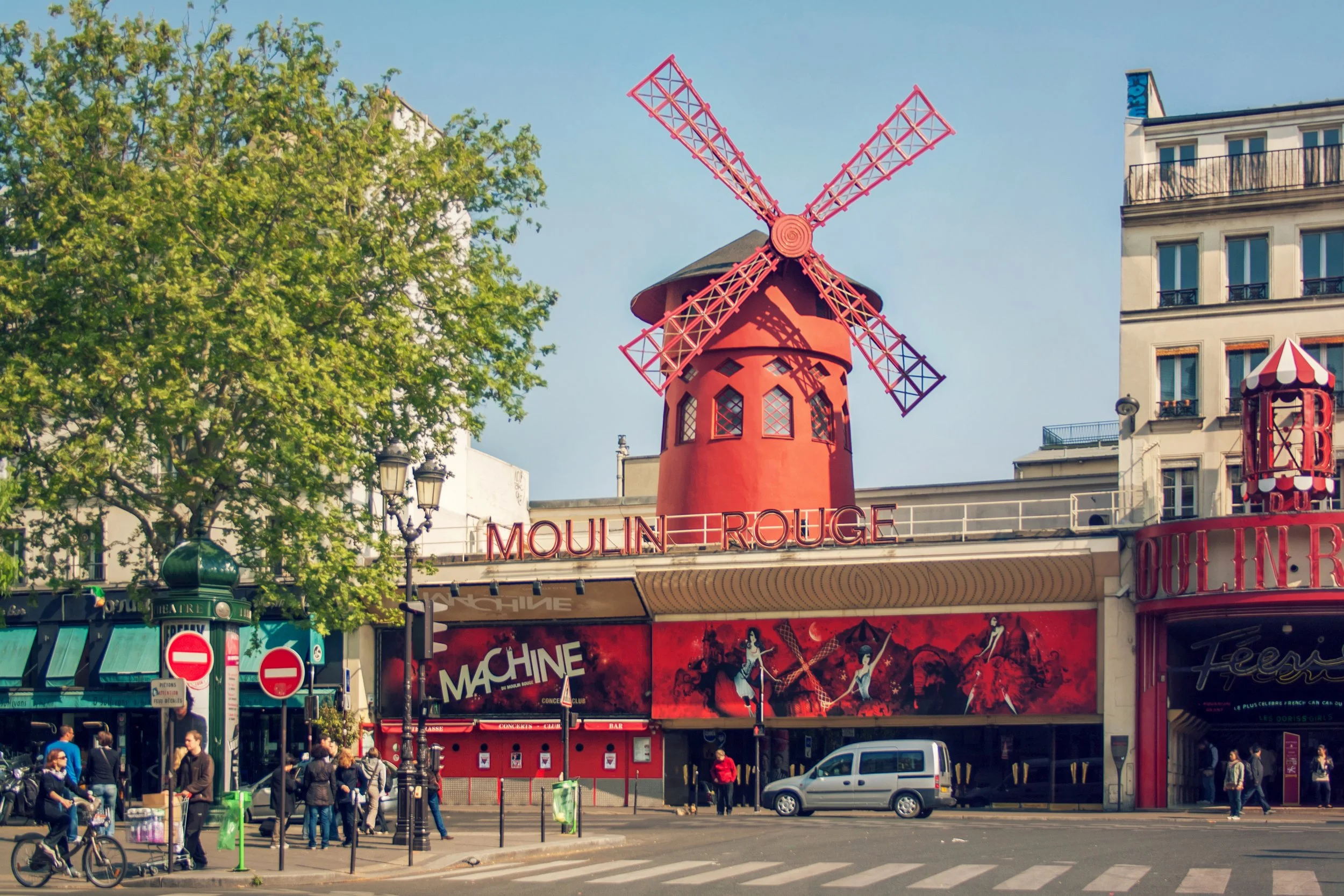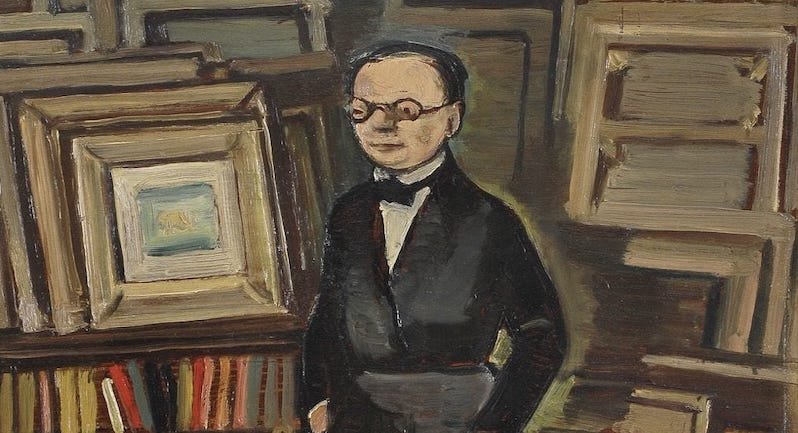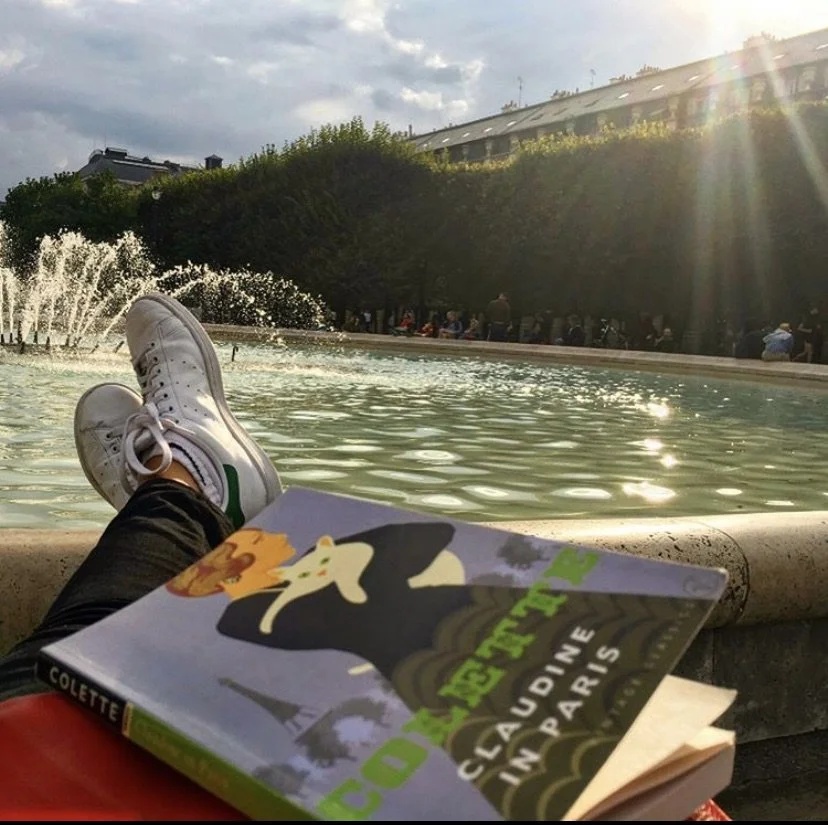Henri Désiré Landru was born on April 12, 1869, in Paris. At first, his path looked to be in the church, and he was an active member of the Église Saint Louis en l’Île on the tiny Île Saint Louis where he lived. After marrying his cousin (as one did back then) and 4 children quickly followed he needed to make a bit more money.
Grew up on the Rue du Cloitre Notre Dame and was a member of the choir of the Eglise Saint Louis en l’ile and even served as a sub-decan in 1888. His parents wanted him to follow the path to the seminary but he had other ideas.
Henri and his cousin Marie Catherine Rémy began a relationship in 1889. Rémy lived close by on the Rue Saint Louis en l’Ile. Their first child Marie-Henriette in 1891 and the two were married after his return from his mandatory 3-year military service in the 87th Infantry on October 7, 1893.
Three more kids followed with Maurice Alexander in 1894, Suzanne in 1896, and Charles in 1900. During this time Henri had over fifteen different jobs everything from contractor to cartographer but none gave him the money he needed to take care of his large family.
His first scam was obtaining a patent for the “Landru with a Renouard engine” oil bicycle, He rented multiple offices and a factory and took out ads offering a special intro price by putting a third of the money down. As the orders came in he took all the money and disappeared.
One fake name after another and more scams would result in his arrest and sentencing to prison three times between 1904 and 1906. A psychiatrist confirmed he was in a “sick mental state” and could sidestep being sent to Guyana where many prisoners died. Evading the law again and another name change he purchased a garage and then quickly resold it but never paid the original owner. As the first World War started, he was sentenced to 4 more years in prison in absentia.
He rarely served any of his terms and evade capture outsmarting and changing his name and the last sentence inspired him to take his criminal activity up a notch.
It was the start of the Great War and the men were dying on the battlefield leaving women behind in Paris in need of new companions. The war also opened up a woman’s right to work in France as well as dabbling in prostitution.
Henri used this to his advantage. In 1914 he posted his first ad. “Widow with two children, 43 years old with a comfortable income, serious and moving in good society with a desire to meet a widow with a view of matrimony.”
He first rented a house in La Chaussée-pres-Gouvieux near Chantilly but quickly moved to a more remote location in Vernouillet. Renting under an alias and keeping to himself the neighbors at first thought he was a German spy.
His first victim or victims as it was a package deal was Jeanne Cuchet and her son. Jeanne was a 39-year-old widow and worked as a laundress in Paris. The two met by chance in the Jardin du Luxembourg in February 1914
283 women answered his ad and we know of 10 victims but many believe now examing the police documents that there were far more. The women needed to be lonely and without a circle of friends or family that may miss them as well as having money.
Meeting them he would size them up and decide if they had the money he wanted. The short man with a pointy scraggly beard had a way with the ladies and could be very charming when he needed to be. A proposal of marriage quickly came, a trip to the bank to add Henri to their bank accounts, and a power of attorney.
Gambais was even more remote, the Villa Tric was almost 1,000 feet from his nearest neighbor. Just after he moved in one day the neighbors noticed a very large stove being delivered. The town thought he was rather odd and never saw the same woman with him twice. For weeks there was nothing and then Landru appeared with a woman on his arm and for a few days they would be seen in the garden then nothing except for a horrid odor coming from the chimney.
In the small town of Gambais years before Father Thibaud lived alone and liked to have endless glasses of wine sitting in front of his large fireplace. One night he had a bit too much and he passed out and fell into the lit fire. Father Thibaud burned to death and the horrific smell spread through the village. The people of Gambais sadly knew the smell had returned once more.
Worried his victims could identify Landru, he cut their bodies up, burned their heads, hands, and feet in the oven, and tossed the rest of their bodies in a nearby lake.
World War I allowed him to sneak through the law as the focus was on the war and the amount of police available was more than three-quarters less than normal. Gambais had only 1 man on their police force.
In 1918 Mrs. Pellat sent a letter to the mayor of Gambais asking about her friend Mademoiselle Anne Collonb who had become engaged to a Monsieur Dupont and moved with him to Gambais. They had no record of Dupont and replied that he didn’t know of either one.
Months later another letter arrived this time from Mademoiselle Lacoste looking for her sister Celestine Buisson who had moved there with Monsieur Frémyet.
Now the mayor thought this was odd, he didn’t know of any of these people so he put the families in touch with each other. They learned that their loved ones had answered an ad in Le Journal on March 16 and May 1, 1915. Too many things began to add up and they filed an official complaint with the prosecutor’s office of the Seine.
The prosecutor’s office appointed the “Tiger Brigade” to the case. Created under Le Tigre, Clemenceau was a squad comprised of police that had spent their career working the streets of the Ile de France.
Inspector Jules Belin visited the home “l’Ermitage” that was owned by Mr. Tric and rented to M. Frémyet. Frémyet hadn’t been seen in weeks even though neighbors rarely saw him. The first break came when Belin learned that Frémyet’s mail had been forwarded to a Paris address, Boulevard Ney in the 18e. The address belonged to Celestine Buissons, who would be another victim.
On April 8, 1919, Mademoiselle Lacoste was walking down the Rue de Rivoli and noticed Landru and a woman coming out of Le Lion de Faience tableware store. Calling the police right away Jules Belin went to the store but it had already closed. Finding the name of the clerk they went to the suburbs and woke him up and asked if they kept any records. Sure enough, Lucien Guillet had purchased two sets of dishes to be delivered to his address at 76 rue de Rocherchouart in the 9e.
It was late at night so Belin waited on the street for two days with no sight of Henri. In the early hours of April 12, 1919, Belin decided to wait on the landing outside his apartment. Just after 8 am on April 12, he knocked on the door. Through the door, Landru told him to come back as he wasn’t dressed but Belin wasn’t going to take no for an answer. Persisting Landru finally let him in. Standing in his pajamas Belin and his men interrogated him and the young woman that was with him. Fernande Segret was distraught at the questions and fainted in the kitchen. The man she knew was lovely although he did try to poison her twice.
It was his 50th birthday.
During a search of his apartment and storage units piles of women’s clothes, wigs, and even dentures were found. However, the most damaging piece was the locked trunk with business logs and all the details of his crimes.
At the central police station on the Ile de la Cité when he was questioned for 24 hours he would not offer up any information. Day turned into night and still nothing. Back at his apartment detectives found some ideas and a photo of Henri Landru and brought the info to the investigator. When confronted Landru finally admitted that was his real name. A search found that he had eight convictions against him and an endless list of crimes he was wanted for.
On April 14, 1919, Belin charged him with murder.
More next week
